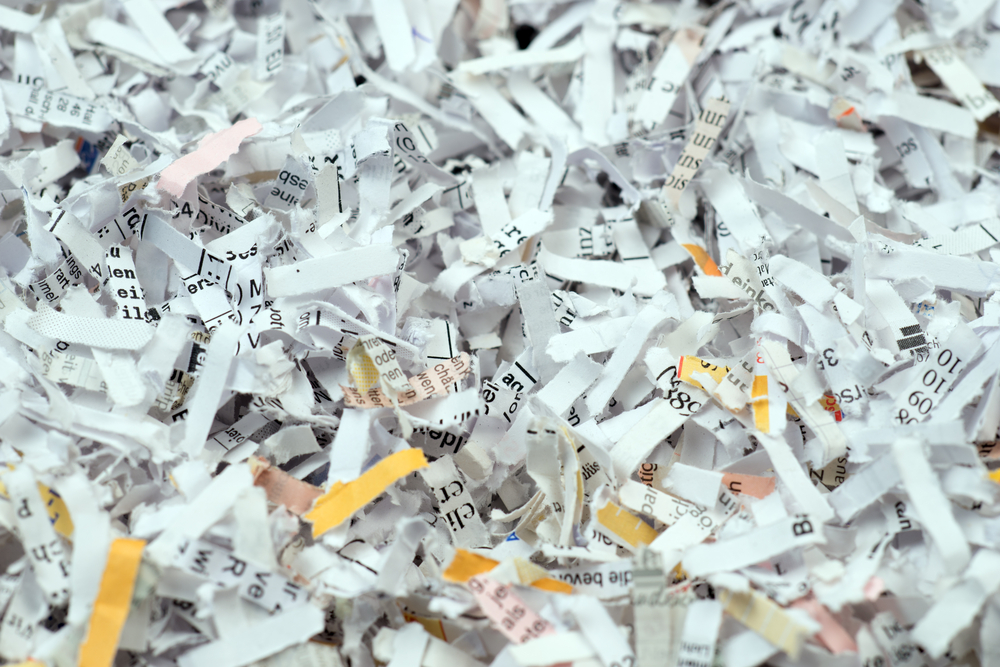How to Dispose of Private Documents

Best Ways to Dispose of Your Confidential Documents
Nearly every business has confidential documents that need secure storage and safe disposal when they are no longer deemed necessary. Non-authorised individuals should not have access to personal information regarding staff and clients and any related private information. Failure to securely shred confidential data can expose clients and staff to substantial risks such as identity theft, and this may end up damaging your company’s reputation.
What are Confidential Documents?
Confidential documents are any documents containing personal information about an individual — a customer or staff. Private information includes their job role, health information or financial information.
Some businesses are likely to handle more confidential documentation than others due to the nature of their work. For example, a healthcare provider is required to keep patients’ information private and confidential. Health records should be stored safely for access by authorised persons only.
Why Should We Destroy Confidential Documents?
Some companies are mandated by the law to dispose of confidential documents to avoid accumulation. This is common in companies that deal with highly confidential documents that can attract individuals with ill motives.
Other businesses mostly dispose of any data that they no longer need to protect their customers from identity theft. Destroying confidential data soon after its use also protects any of the company’s private information that could give competitors an edge.
Ways of Disposing of Confidential Documents
Below are some ways of destroying documents to ensure that it is deemed safe;
Shredding
Shredding documents is an effective way of destroying hard copies before disposal. In-house shredding is suitable for offices that don’t hold too much documentation. A shredder makes any sensitive information unreadable by cutting the papers into small pieces and mixing them to make reconstructing impossible.
Apart from being HIPAA approved for the disposal of paper documents, shredding also helps us in caring for our environment. It is easier to recycle shredded papers compared to non-shredded documents.
Cutting and punching
Cutting and punching is the most effective way of destroying a small number of documents due to being a relatively time-consuming exercise.
However, you must ensure that no confidential information is readable after cutting. You have to cut through anything confidential like the name of the client, bank information, social security number or their diagnosis.
Just like shredding, you will only have destroyed the documents properly if you cannot reconstruct them. You can ensure this by mixing the papers and disposing of them in different recycling receptacles.
Burning
Burning documents is the safest way of disposing of confidential documents as it ensures that they can never be reconstructed or read. This process is, however, impossible in most areas due to prohibitions of open fires by city laws all over the world.
Companies that choose to burn documents as their disposal method must have an incinerator that is large enough to accommodate them. These challenges make burning a less preferred method, even if HIPAA approves their use.
Soaking
Soaking papers is another effective way of destroying confidential information before disposal. You will only destroy huge amounts of papers through this method if you soak them for several hours to make them unreadable. Most companies avoid this disposal method because soaked papers are not easy to recycle.
Hiring a third party company
You can hire an external shredding services company to destroy and dispose of your private and confidential documentation if you deal with large volumes of confidential data.
Hiring an external shredding company can save you and your employees the time and effort you use during the document destroying and disposal process. You also don’t have to purchase equipment like shredders and incinerators.